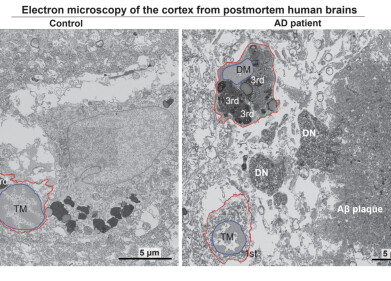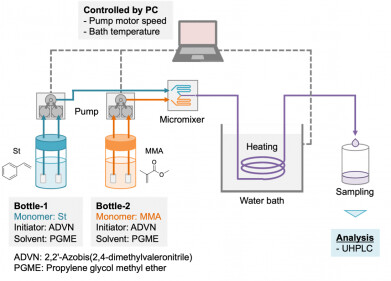-
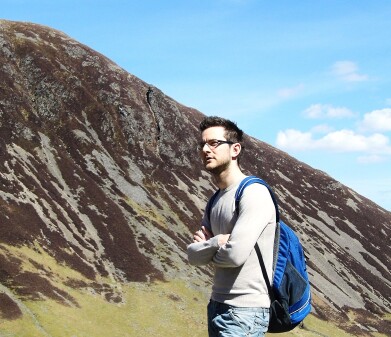 Geraint Jenkins (Credit: Coventry University)
Geraint Jenkins (Credit: Coventry University) -
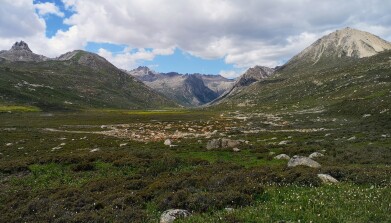 The Tibetan Plateau (Credit: Coventry University)
The Tibetan Plateau (Credit: Coventry University) -
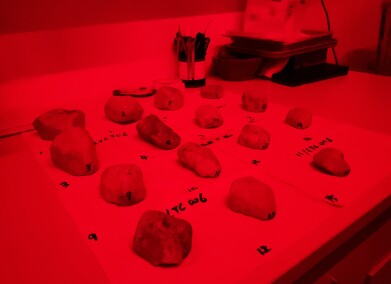 Rocks in the lab (Credit: Coventry University)
Rocks in the lab (Credit: Coventry University)
Research News
Geological clocks prove age of Tibetan glacier
Aug 09 2024
A Coventry University scientist along with fellow researchers from universities in China have used ‘rocks as clocks’ to prove the age of ancient glaciers, in order to help predict what may come in the battle against climate change.
Dr Geraint Jenkins and colleagues collected a number of rocks from the Tibetan Plateau – the largest and highest plateau on Earth – and were able to measure the stored energy that was emitted as light, or luminescence, estimated at around 18,000 years old.
This means that an ice glacier once covered the Tibetan Plateau – known as ‘the roof of the world’ – giving the team an insight into when the glacier was there and how long it took to disappear.
Dr Jenkins, a lecturer in physical geography at Coventry explained further: “The technique is called 'optically stimulated luminescence' (OSL) dating. We take diamond-edge cores from granitic material, slice the cores using diamond-edge wafer blades, then place the rock slices into a luminescence reader. We undertake this under red-light conditions to ensure that the stored energy within the material (provided by environmental radiation) is not released artificially. We placed the rock slices onto 'Riso luminescence readers' and stimulated the material with LEDs / IR diodes to release the stored energy as light, which is then observed with a photomultiplier, attached to the Riso luminescence reader.”
Dr Jenkins hopes the technique can now be developed to be used on ice sheets on Greenland and Antarctica to show how large they used to be and when, as well as allowing scientists to link ice sheet sizes to past climate records to help understand how climate drives large-scale ice melting.
His work alongside Professor Xianjiao Ou, Luminescence Laboratory Founder at Jiaying University, and Kunmei Yang from the same institution, as well as Dr Jinming Xie at South China Normal University, was only the third time this technology has ever been used in this way.
“Handling and analysing a rock that was last exposed to daylight 18,000 years ago is certainly awe-inspiring. Who would have thought that by simply slicing this rock we could see that light once penetrated into the sub-surface 18,000 years ago,” commented Dr Jenkins
“This technique can be used to date moraines – materials and debris left behind by a glacier – that are found all around the margin of Greenland, which is incredibly exciting and we hope to measure those very soon.
“We know that glaciers and ice sheets extended much greater than they are now but finding out when is the key question. We hope to date other landscapes in the Tibetan Plateau and also the margins of Greenland and hope that this new technique becomes routine in calculating the timings of ancient ice sheets and glaciers.”
More information online
Digital Edition
Lab Asia 31.6 Dec 2024
December 2024
Chromatography Articles - Sustainable chromatography: Embracing software for greener methods Mass Spectrometry & Spectroscopy Articles - Solving industry challenges for phosphorus containi...
View all digital editions
Events
Jan 22 2025 Tokyo, Japan
Jan 22 2025 Birmingham, UK
Jan 25 2025 San Diego, CA, USA
Jan 27 2025 Dubai, UAE
Jan 29 2025 Tokyo, Japan
